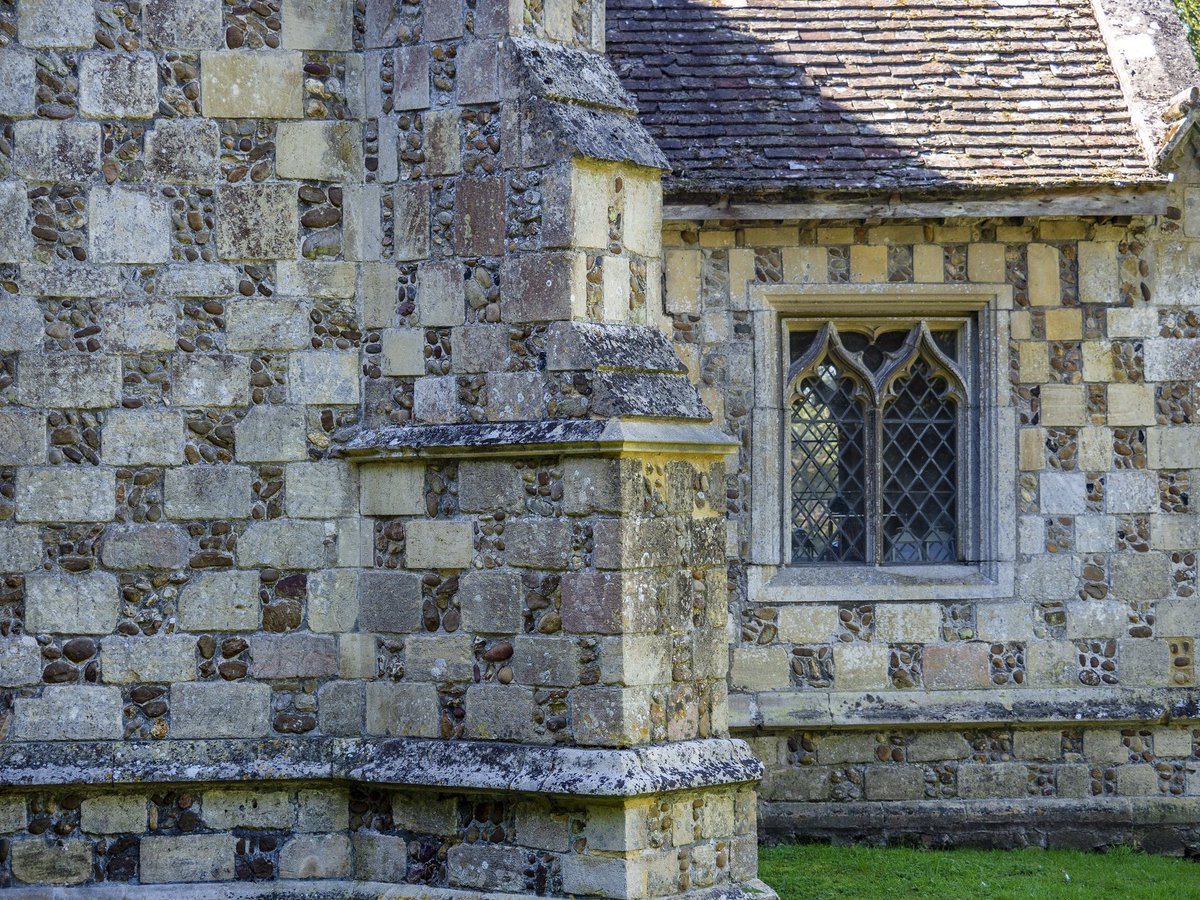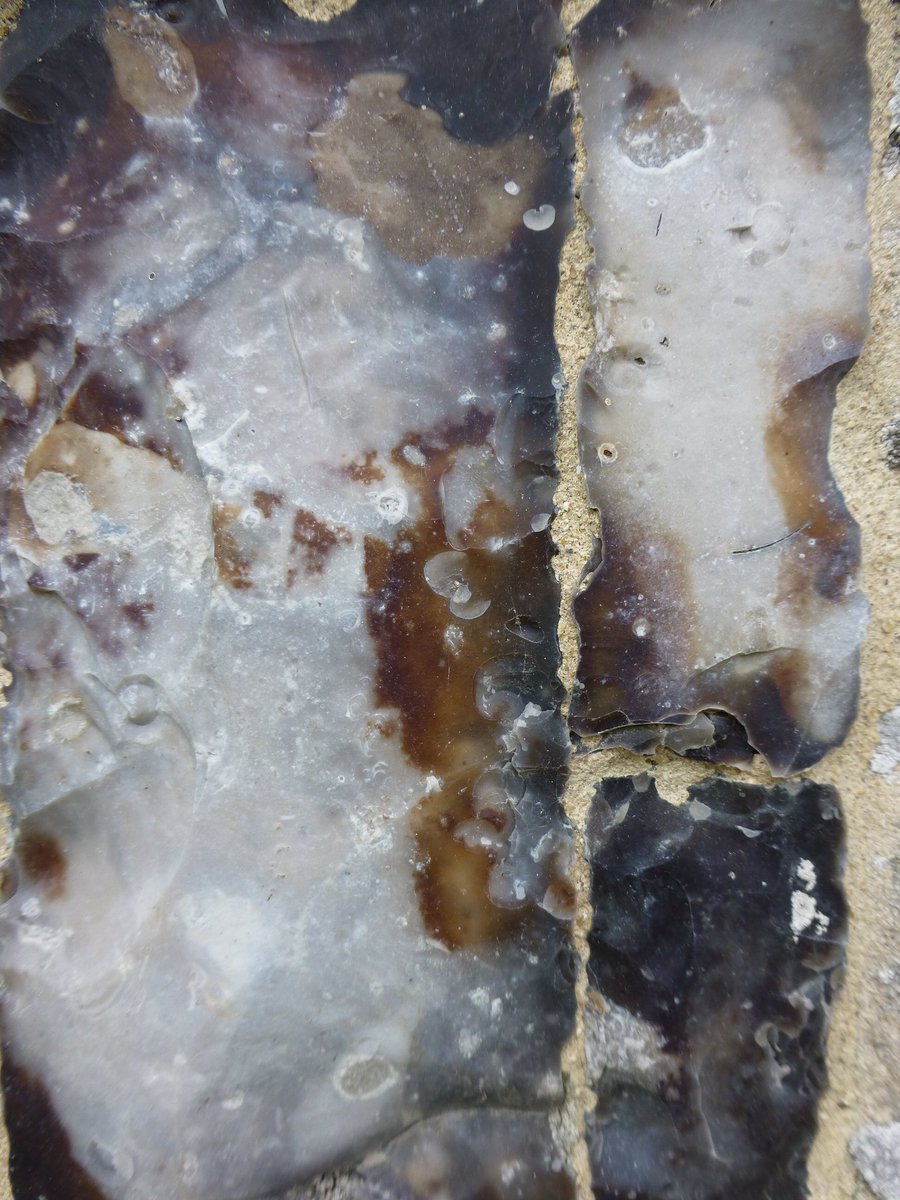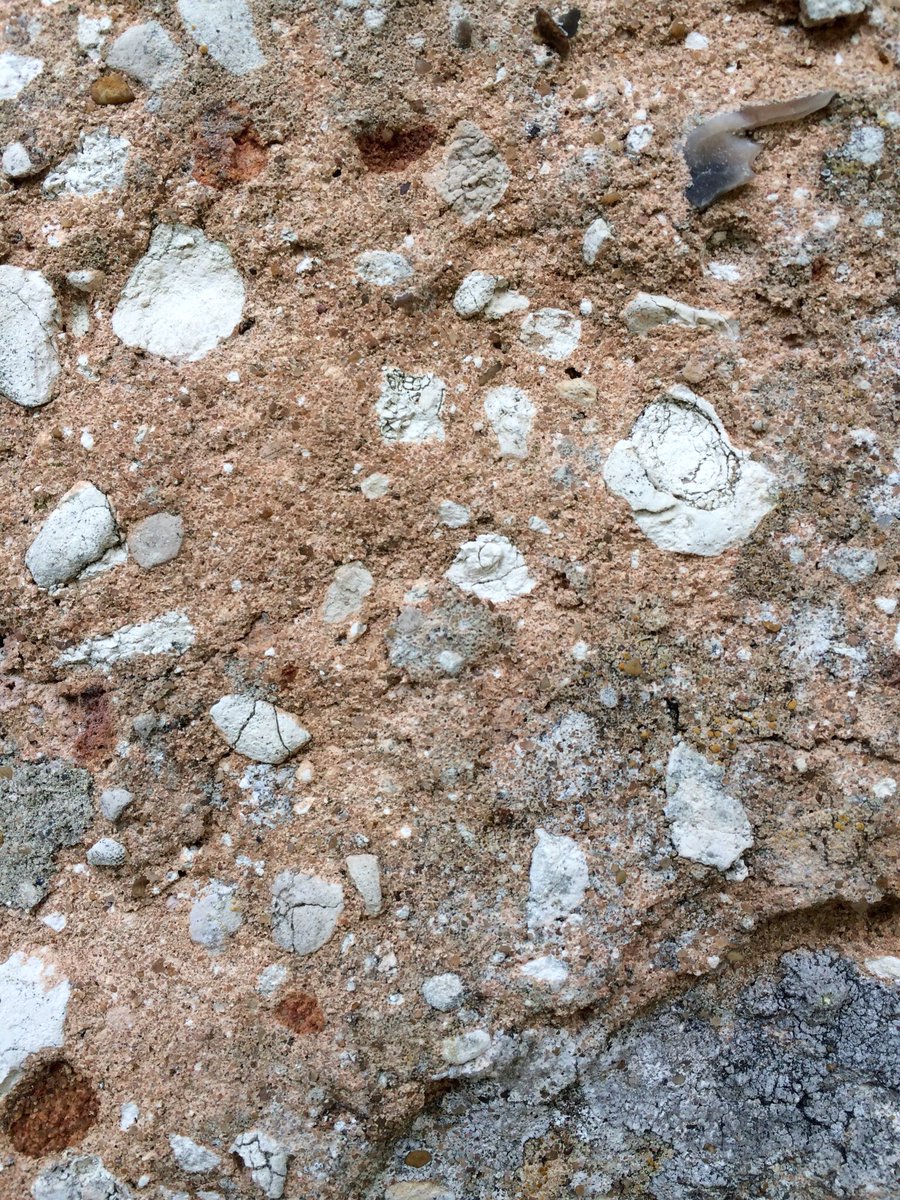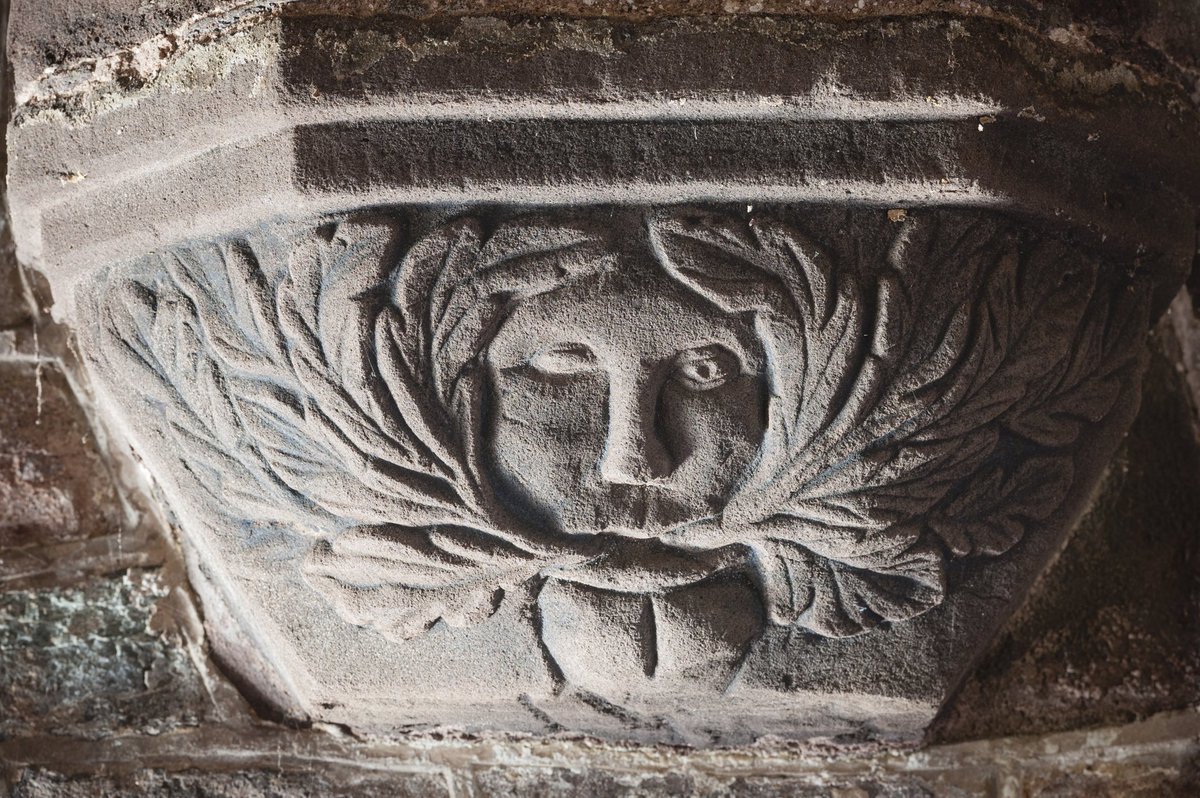
#OTD in 1703 a hurricane ravaged England and Wales: trees damaged, property destroyed, livestock killed, ships lost at sea...
Lives were lost too, including the Bishop of Bath & Wells and his wife - killed in their bed when a chimney of the Palace at Wells fell on them.
#thread
Lives were lost too, including the Bishop of Bath & Wells and his wife - killed in their bed when a chimney of the Palace at Wells fell on them.
#thread

The weather blew in from the north Atlantic and is one of the worst storms to have ever hit the UK.
Writer Daniel Defoe engaged in one of the first examples of what would today be called 'investigative journalism', obtaining country-wide accounts of people's experiences.
2/4
Writer Daniel Defoe engaged in one of the first examples of what would today be called 'investigative journalism', obtaining country-wide accounts of people's experiences.
2/4
Defoe published his findings in The Storm (1704).
In Wales, most of the accounts came from seaboard towns - Chepstow, Cardiff, Swansea and Milford Haven - but one is of particular interest to the Friends; it was from "Llaneloe" (i.e. Llanelieu) in Breconshire.
3/4
In Wales, most of the accounts came from seaboard towns - Chepstow, Cardiff, Swansea and Milford Haven - but one is of particular interest to the Friends; it was from "Llaneloe" (i.e. Llanelieu) in Breconshire.
3/4

It read, “A Poor Woman with a Child, was blown away by the Wind, and the Child being about 10 years old, was taken up in the Air two or three yards, and very much Wounded and Bruised by the Fall."
Here's Llanelieu now, looking a lot more peaceful.
4/4
Here's Llanelieu now, looking a lot more peaceful.
4/4

• • •
Missing some Tweet in this thread? You can try to
force a refresh



















